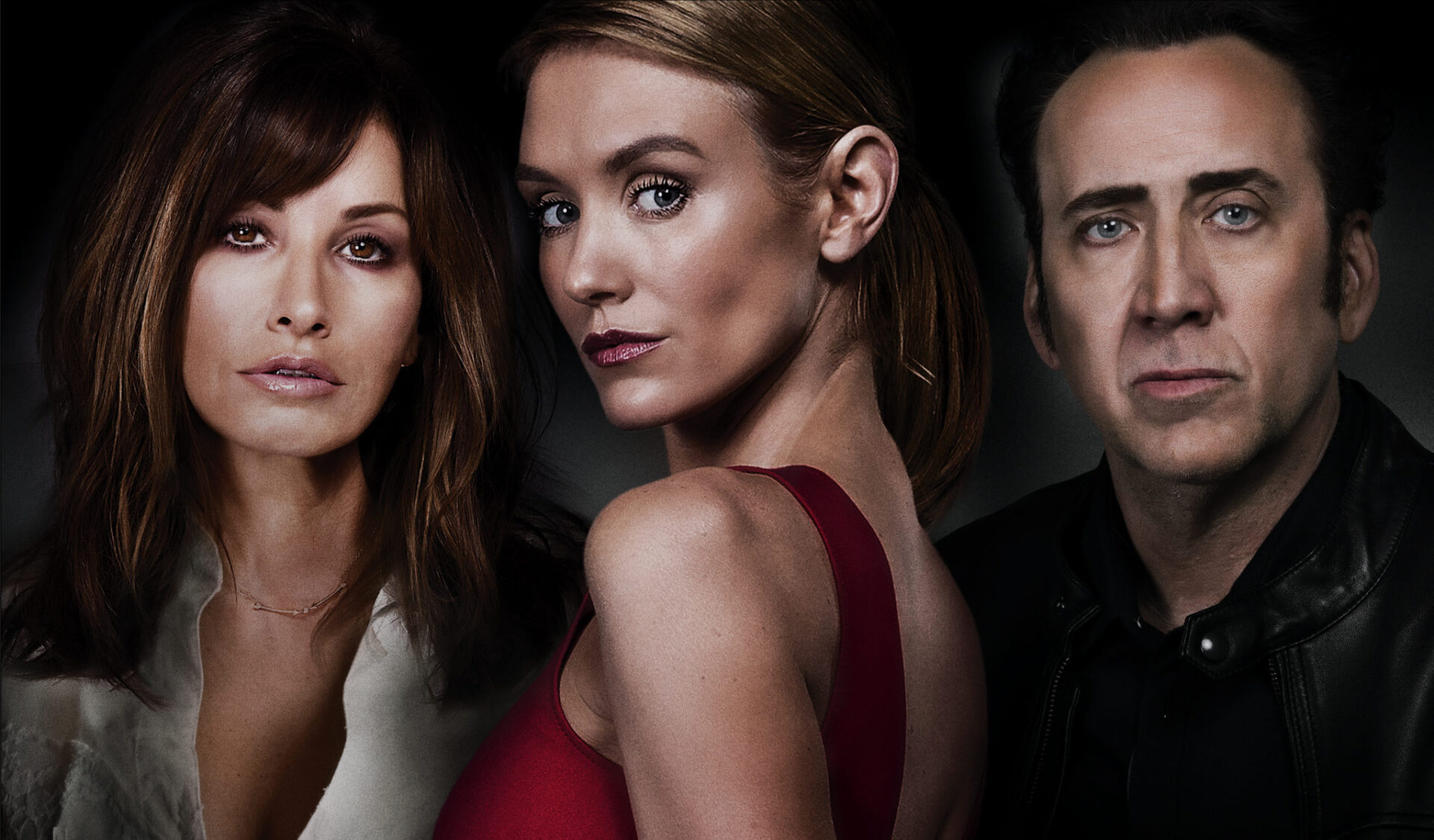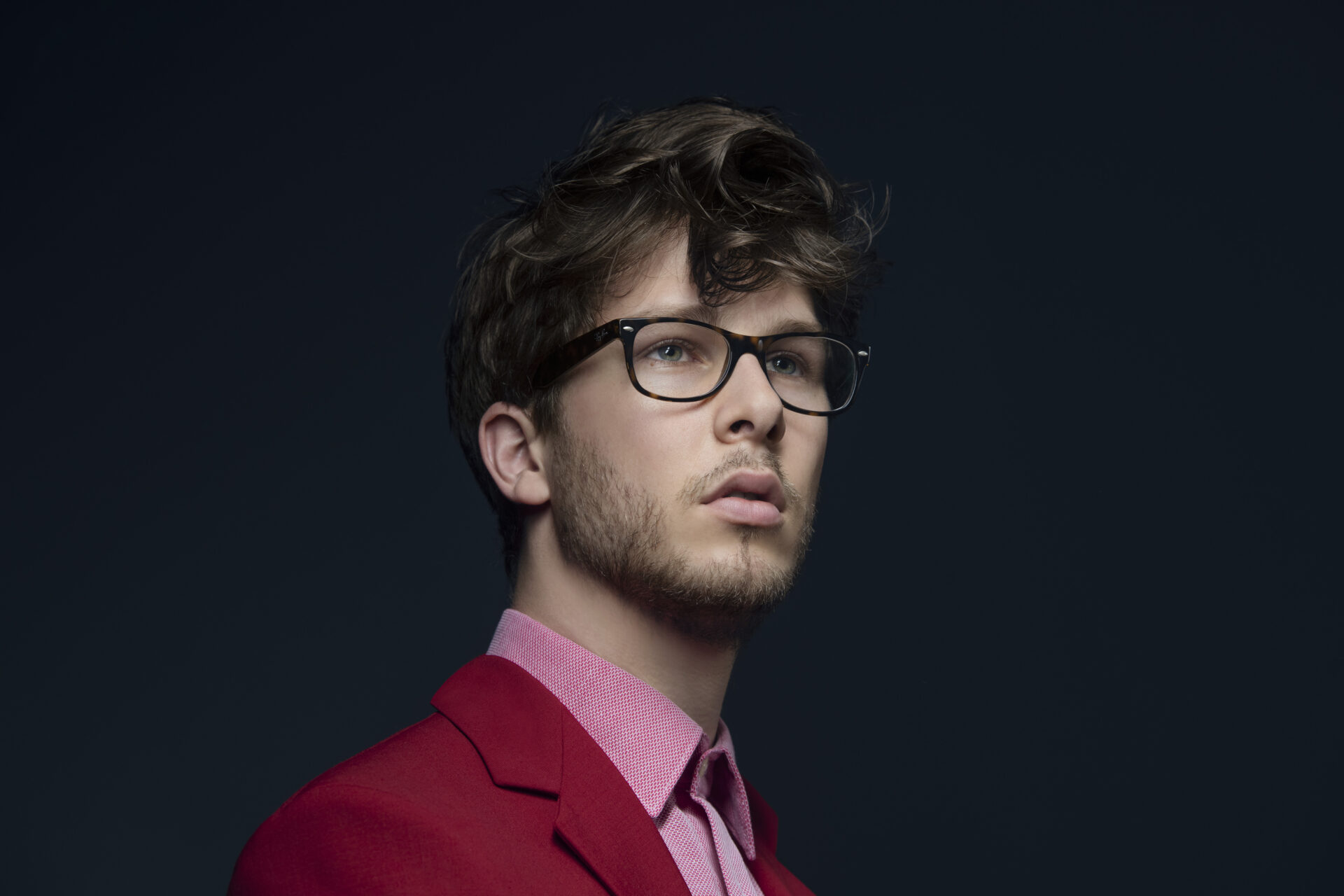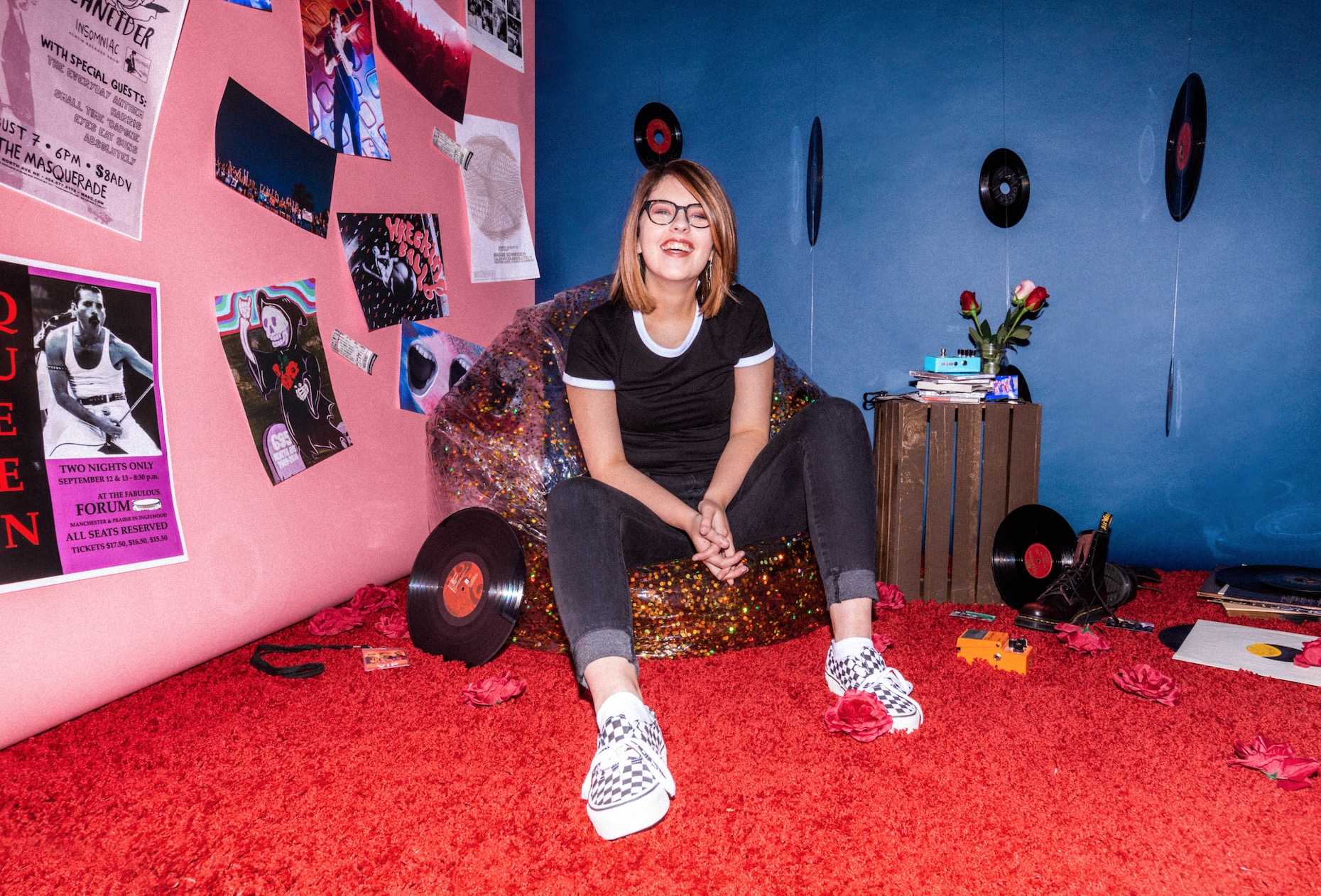Combining film genres can be a challenging task, especially with the depictions of African Americans. The beginning of Alice feels like another theatrical entry showing the hardships of slavery. Alice (Keke Palmer) is enslaved woman who escapes from the plantation, where she believes it’s the 1800s. When she makes her escape, she finds out the current year is 1973, and the world has progressively changed because of the gains of the Civil Rights Movement of the 1960s. When Alice meets a trucker named Frank (Common), she discovers figures like Angela Davis, Diana Ross (who she calls Rolling Stone seeing her on the cover), and Pam Grier as Foxy Brown.
Writer-director Krystin Ver Linden isn’t interested in completely rehashing the “slave narrative.” Ver Linder’s inspiration comes from stories she read about Maine Louise Miller, a Black woman who lived as an enslaved person in Mississippi in the 1960s. As much as the struggle is a part of Alice’s story, so is the empowerment that comes when she finds out the truth. The film strives to show that the wounds and atrocities of the past are more recent than we think, but so are the perseverance and triumphs. We spoke to Krystin Ver Linden about Blaxploitation films, her overall inspiration for Alice, and her motivations behind characterization and music choices.
WARNING: Spoilers for Alice ahead
Substream Magazine: With Alice, it molds an interesting cross-section of genres together. At first, it follows a slave narrative story thought to be in the 1800s; then, it switches to 1970s Blaxploitation. The film takes on a gradual tone where it seeks to empower Alice’s character in this upward trajectory as she steps into her freedom and wealth of culture.
Krystin Ver Linden: It’s cathartic when you’re writing or making any art. Even though the story was based on tons of true articles I had read about people emerging in the 60s that had been enslaved on plantations, I could only tell it through the lens that inspired me. I drew inspiration from Pam Grier, Diana Ross, and Blaxploitation—when it’s good because every genre has its bad films. Because she [Grier] influenced me growing up, I knew I wanted Alice to experience the same influences. Also, it is such an empowering moment in history.
Even though the stories I had read took place in the 60s, I chose 1973. That was so Alice could be in a period to reflect and see what was going on in the 70s. I didn’t want her to run out into the Civil Rights Movement. I wanted her to see what had happened. It allows Frank to experience loss and reignite his passion to have a voice again.
I read your mother sent you books about Maine Louise Miller, who had escaped indentured servitude in Mississippi in the 1960s. We usually think about slavery in the rearview, but that’s relatively recent. Did it shock you to find that out?
Not only did it shock me, but it also made me upset and angry. I had a lot of emotions that came with it, but I knew the only thing I could do with those emotions was to use the screenwriting platform that I had to channel my emotions into. So, I’m glad that I could do that and direct the film, so other people can see that this stuff still goes on even today. Even being in Georgia, it’s one thing to watch this and go, “oh, man, it’s crazy that happened.”
But, when you go to those rural places, it’s so easy how that can happen. These plantations weren’t right off the street. You have to take a private road for miles and miles. The plantation we shot on was like 700 acres and surrounded by trees. Someone could get away with anything there, and they would never find you—so being there and shooting in the state where these cases happened to set the tone for the realism of the stories.
When Frank meets Alice, he’s in a completely different place in his life. There’s memorabilia of the Civil Rights Movement and him being involved in the Black Panthers all around his house. This is where Alice gets her inspiration from. But, there’s a point of conflict when Alice asks him to go with her to free the enslaved people at the plantation. Frank tells Alice he’s beaten down from all the losses and leaders the movement has lost over the years. They are almost mirrored images of each other.
I wanted Alice to be both a mirror of his former self and the spark that reignited him. But also, there’s something special about Common’s character because even in 2020, everyone was getting out of the house, having a say, and protesting. In 2022, the conversations feel like they’ve dwindled. I want people to remember; it doesn’t have to take a tragedy for us to create a movement — it just takes one voice to start a conversation. That’s what Alice is reminding Frank. You feel like everything stopped because, one by one, everyone stopped believing that they could make a change. The same thing is happening today, so I wanted people to remember that.
One of the more powerful scenes in the film is when Alice meets Rachel (Alicia Witt) at the diner. This is after Alice’s transformation into the heroes she studies. Rachel’s character is interesting because she’s estranged from her slave-owning husband, but still holds his ideals. It’s a reminder of people who think they are innocent because they are not doing the said act. But, I like that’s where Alice starts to take her power back.
Rachel is also stuck in her convictions that she’s doing good. She’s a shepherd for people that don’t know any better in her mind. I love that scene because I think many of us have gone through situations where we haven’t found our voice or have been afraid to say something to anyone or any situation. Then, when you go through moments or grow up, any of those things don’t matter. You see that same situation and the person who used to seem like the boogeyman and decide, “Oh, you’re weak. You’re no one.”. It’s Alice seeing this person she feared for so long and realizing, “you are nobody. That’s why you were doing what you’re doing—to feel like you were someone.”
Music is a big part of Alice, especially during her awakening in the second part of the film. Were you deliberate on your choices as to what artists and songs you used?
So when I was writing the script, I write to music. So all the needle drops with Stevie Wonder was actually a different song. It was an obscure 70s song. Common pulled me aside and said, “look, if I’m trying to jog your memory with some obscure 70s songs, you probably won’t know what it is. We need a popular song.” We were throwing ideas around, and he said, “well, what about Stevie Wonder?” I was like, “we’ve already paid money for Diana Ross and all these people. We don’t have a Stevie Wonder budget.” Common said, “I’ll call him.” He called, and Stevie Wonder did us a favor because of Common. With the score, Common scored the film, and he’s brilliant. I am so grateful to have worked with him.
Photo Credit: Roadside Attractions













